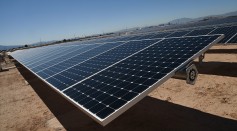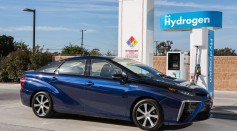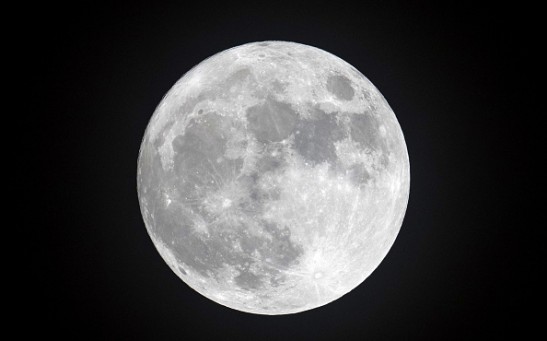energy

Low-Cost Battery Can Be Made From Urine: Will Make Solar Power Cheaper

1M Electric Cars Target Moves To 2020

Massachusetts Institute Of Technology Develops Partially Self-Powering Incandescent Lightbulb
With Inspiration from Tesla New iPhone Cases Pull Energy Out of Thin Air
Solvent Baths Promise Better Perovskite Crystals and Better Solar Energy
How One Innovation May Change the Solar Energy Game Forever

Making Sense of Hydrogen Fuel Cell Vehicles (FCVs)

How A Parasite Became a Power House—The Tale of Mitochondria
Most Popular

How Technology Is Changing the Real Estate Industry?

How a Plant-Based Diet Can Protect Against Breast Cancer: Insights from Nutrition Research

Study Reveals High Turnover in Scientific Research Careers: What This Means for Future Scientists

Why It's So Difficult to Lose Weight: The Biological Explanation Behind Obesity






